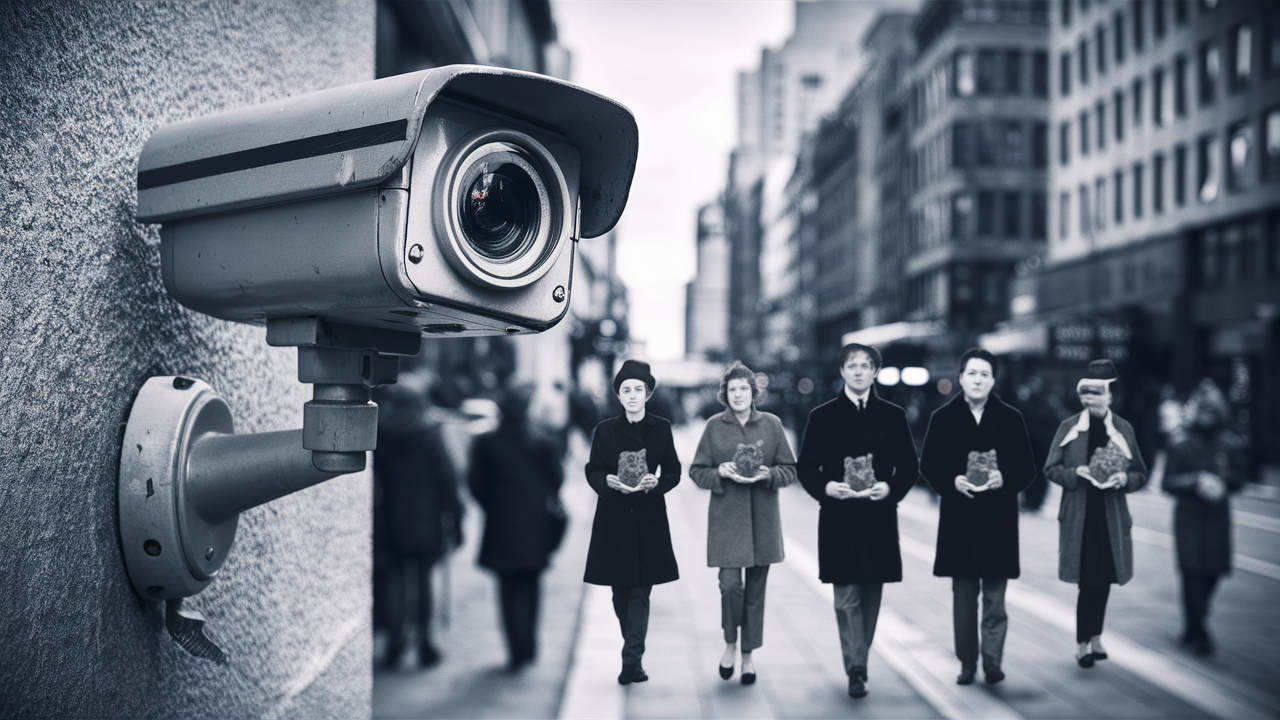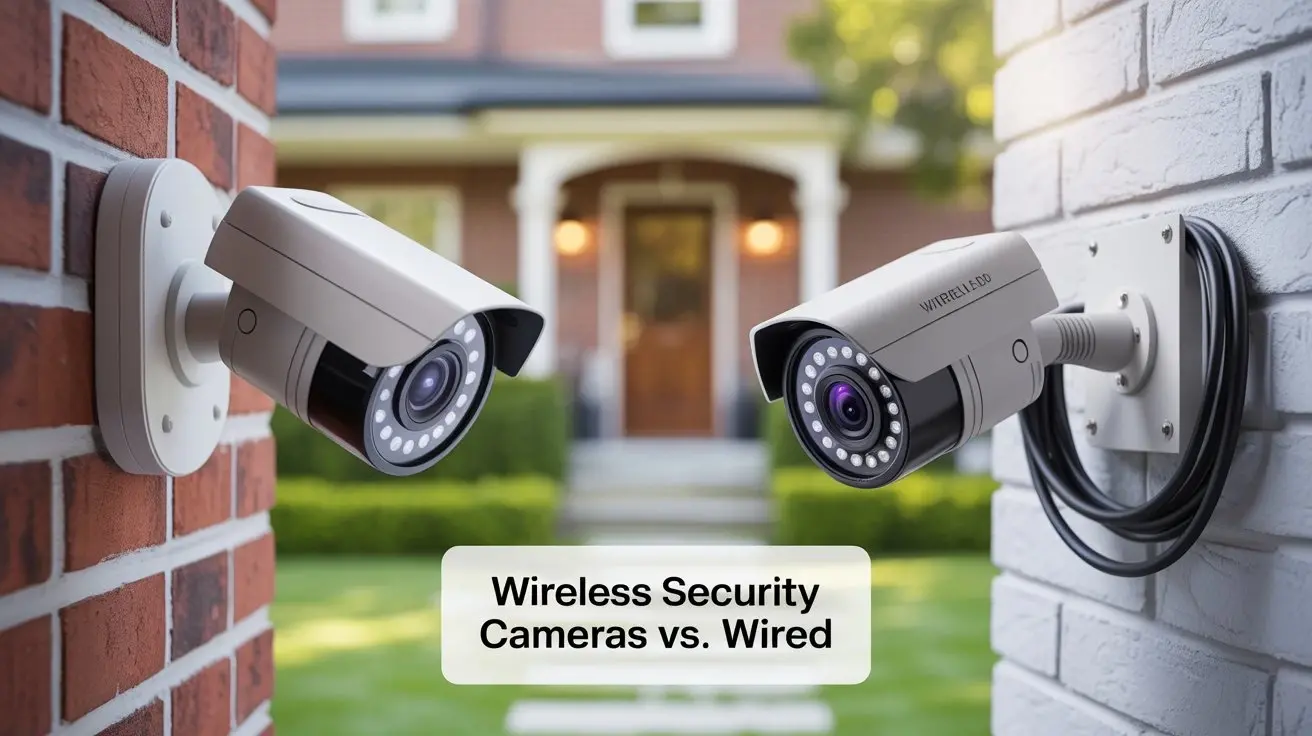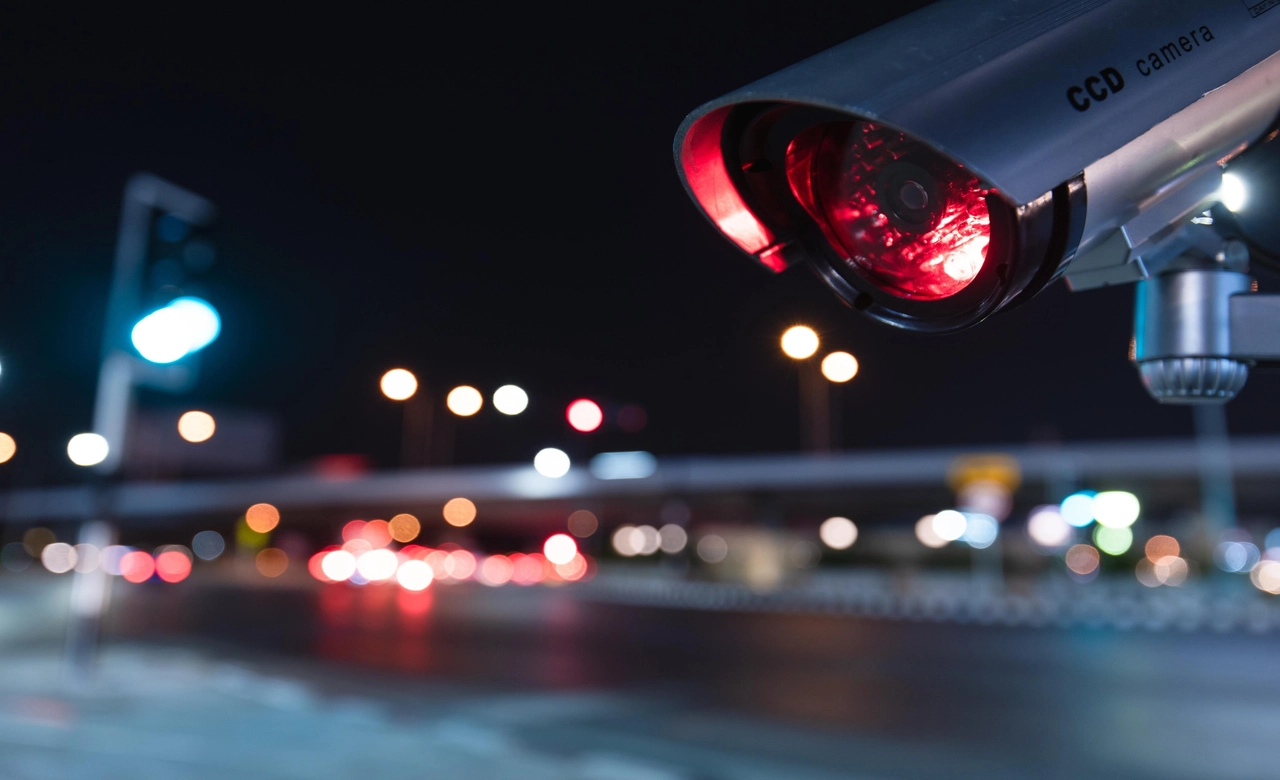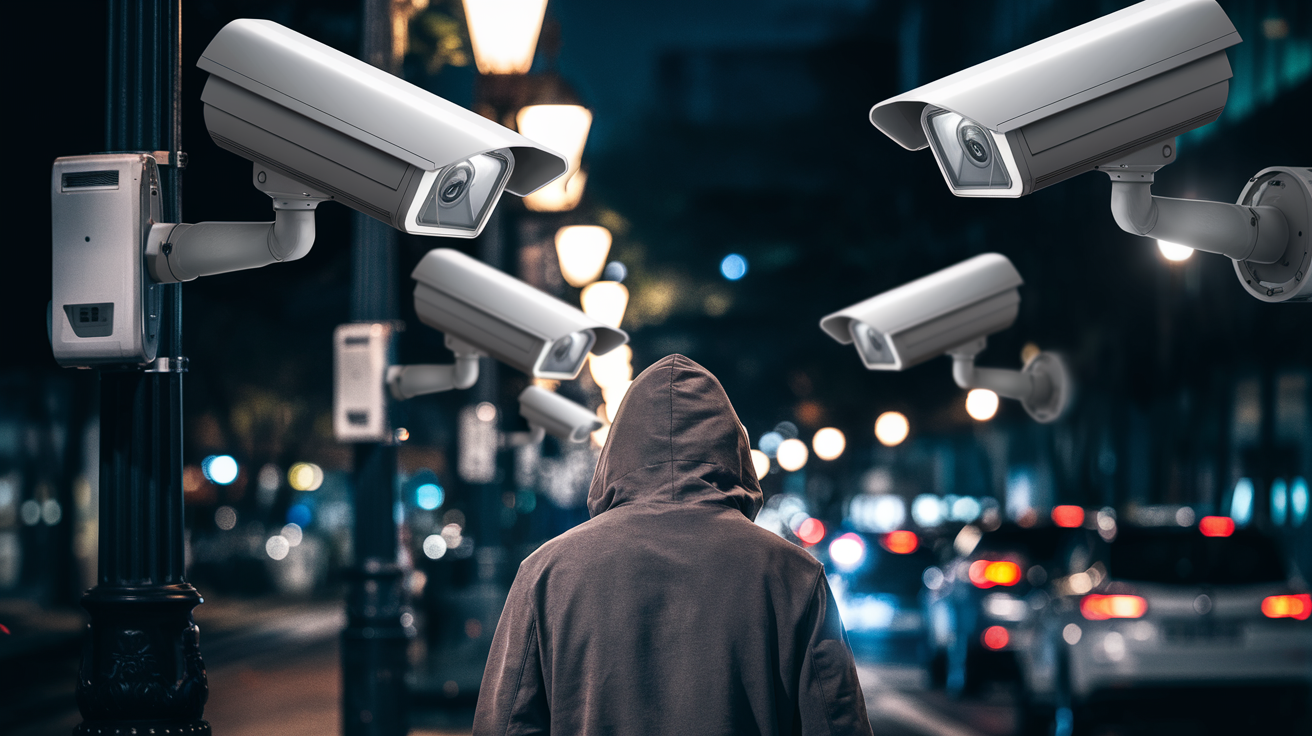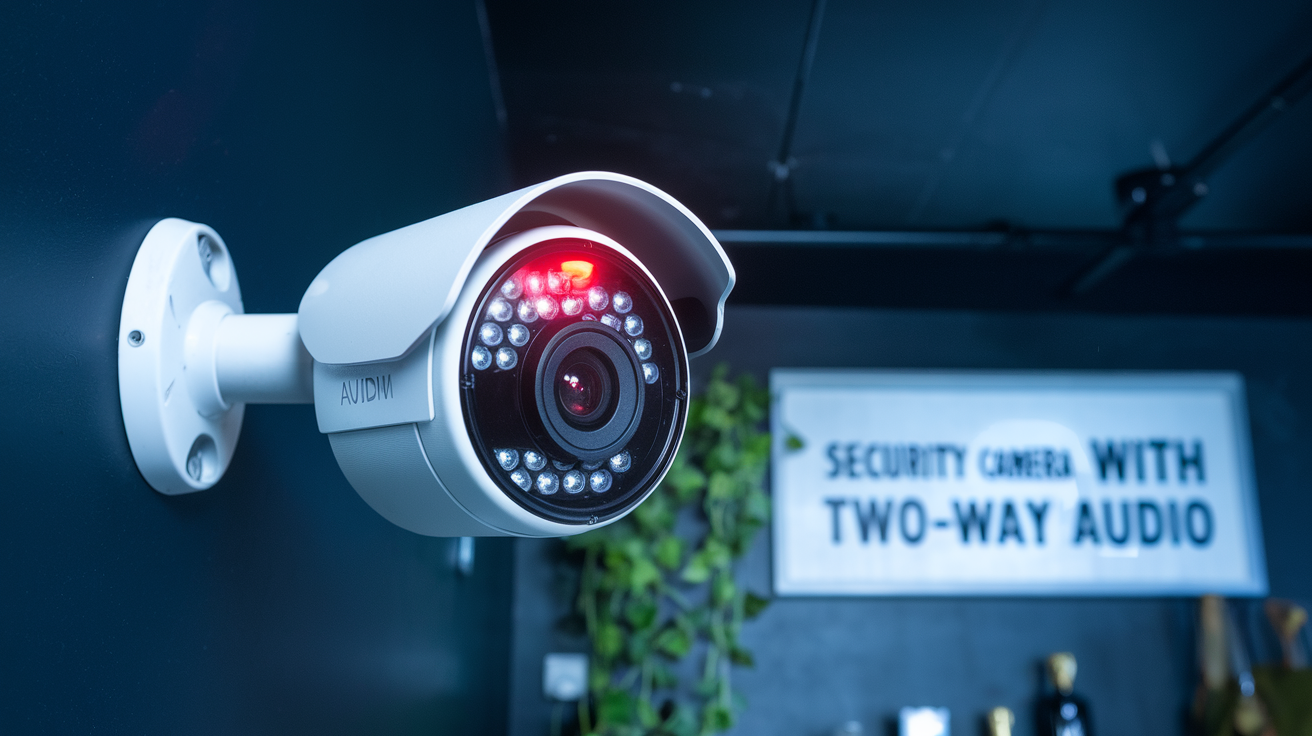Security cameras have been in existence since the 1940s when closed circuit television systems were invented. The first early systems utilised cameras and monitors for observing another part of a building or a facility from a distance. The equipment in those days was relatively crude compared to what is available in the present day; the cameras had low resolution and were monochrome and had poor light sensitivity.
In fact it wasn’t until the 1960s that we really start to see the beginnings of the security cameras that exist today. Transistor technology made it possible to reduce the size of the camera components and to enhance the video transmission via wires. Another innovation in the 1960s was the introduction of color cameras which offered better images compared to black and white. However, these early colour cameras were still massive, heavy and costly which restricted their uses.
The advances in the technology of security cameras that came in the 1970 and the 1980s were greatly facilitated by the booming semiconductor industry. CCD image sensors known as charge-coupled device improved light sensitivity much better in form of small camera packages. Even the analog video recorders which were used to record the footage from the cameras received a boost during this period. Better quality images could now be stored and produced on request as and when required.
The 1990s were marked by the transition from analog to digital video systems. Digital compression techniques and equipment made it possible to stream and store videos over computers’ networks. At this decade, network or internet protocol IP cameras were first introduced to offer users the convenience of accessing and controlling security cameras remotely. Other video analytics like motion detection also became possible with digital systems.
The use of IP camera and video surveillance overall grew sharply in the 2000s due to the decrease in camera costs and the increase in Internet connection availability. Megapixel resolution cameras began being used in mid-2000s, which offered much more clear images as opposed to standard definition analog cameras. Wireless security cameras also gained popularity due to their flexibility in placement and installation.
Today, security camera technology remains an area where advancements are made even more frequently. High definition cameras have advanced to the ultra high 4K and 5K resolution for very clear and detailed videos. Video analytics have also evolved to perform more complex tasks such as person detection, facial recognition, and even license plate recognition. Network bandwidth and camera processor also keep on improving, allowing other features like smart motion detection to eliminate false alarms.
New possibilities include future advances like the use of artificial intelligence AI in surveillance videos for suspicious actions or threats. The alerts can be very accurate since machine learning algorithms are trained with many hours of video. Another relatively new device is panoramic multi-lens cameras, which provide a view of a scene in all its angles, 360 degrees in total, and has a high potential for surveillance.
Automated intruder tracking through the use of robotic cameras with high vision processing capabilities will be able to pan, tilt and zoom in order to track the suspicious person. Furthermore, wireless and cellular connectivity will allow security cameras in areas that cannot connect to the wired network.
In conclusion, security cameras in the course of development have evolved from the security system known as closed-circuit television because of the improvement of the fundamental technologies such as video compression, image sensors, processors, and wireless networks. Early surveillance systems offered little more than grainy video feeds, but smart modern IP cameras offer clear, high-definition video and intelligent analysis that will only expand in capability as AI progresses. Thus the future of video security is promising as newer and more capable cameras are keeping a watchful eye on homes, businesses and cities.
